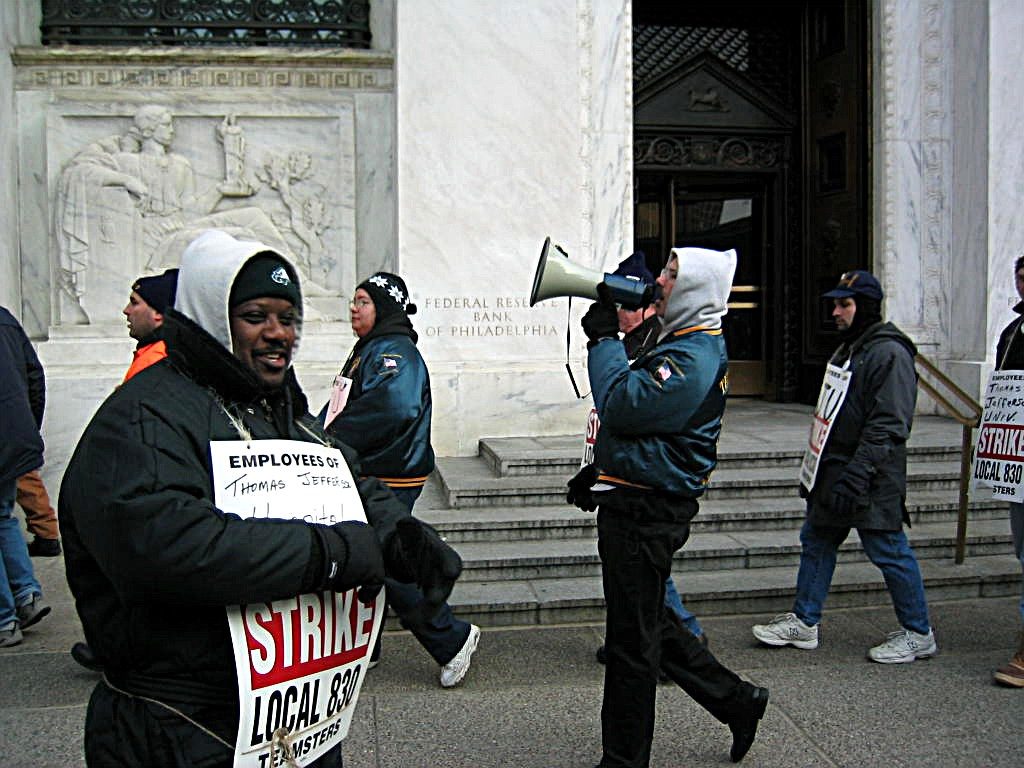Our experience has shown that there is no magical formula that creates a desire for employees to seek representation or organize. On the contrary, other than covert activities by specific newly hired employees who join a company with the specific intent to organize employees, commonly called “salts”, most employees endure an aggregation of insults over time that accumulate and create such malcontent that employees decide they’ve done their best to change or adapt, and find the environment untenable.

Such employees usually just leave the organization; however, there are a few – usually with some tenure and/or other motivating factors – that prefer to incite change from within and take action, via friends, family, or even other known unionized companies. To that point, employees find or build their own network to support their organizing activity because they want to change the status quo.
Fortunately, there are generally Top Ten Common Reasons why employees will organize, and you should be able to recognize some of the following, which include, but are not limited to:
- Poor frontline leadership, usually the immediate supervisor, lead, or next level manager responsible for assigning tasks; providing feedback on performance; and recommending any wage adjustments;
- Lack of communication methods or means to launch complaints and/or concerns about co-workers, safety, HR matters, and other day-to-day issues that impact employees’ lives;
- Overall organizational changes that create feelings of job insecurity, such as lay-offs, reductions in force, and leadership changes;
- Dramatic changes to specific job categories or functions, usually through automation or process improvement, that require higher technical skill level and/or increased knowledge base;
- Wages and benefits that are below market or are perceived to be uncompetitive against industry average;
- Inconsistent application of corrective action or discipline;
- Favoritism and/or perception of preferred treatment from leadership with regard to unequal workload balances, assignments, rewards and recognition;
- Random pay rates and/or reward systems for employees in the same or similar job classifications. In other words, employees who are performing the same or similar work are paid significantly different pay rates;
- Lack of investment in training and development of employees, leading to feelings of limited upward mobility or career growth; and/or
- Undesirable or unsafe working conditions, such as poorly ventilated production areas; malfunctioning or broken equipment; improperly lit common areas; etc.
Fortunately, most of these common issues are known or easily uncovered. Organizations that have identified similar circumstances, but choose to ignore and/or refuse to address these solvable problems, are ripe for employee discontent, which may lead to union activity. In other words, if companies are unwilling to help its employees resolve seemingly simple problems, employees will find someone who will!
